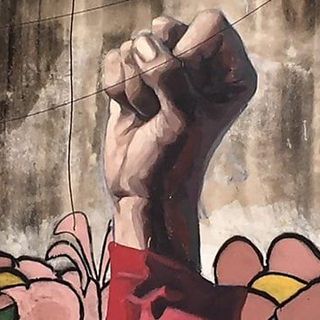Instagram and Twitter bios, replete with song lyrics, geolocations, and other identifiers, serve as one of the first points of contact with a person these days. Anyone stumbling upon a profile can instantly glean some aspects of the owner’s (carefully curated) online personality, be it a penchant for sarcasm, an avid interest in obscure music — or, an awareness about different gender expressions. An increasing number of people are incorporating in their preferred gender pronoun — even if they clearly present either masculine or feminine — into their social media bios and interactions.
Most people don’t give a second thought to using common gender pronouns, like he/him and she/her, which many assess by the way somebody looks and behaves. So much so that expressing them explicitly feels redundant. People who identify outside the male/female binary, who might prefer gender neutral pronouns, such as ze/zim, ze/hir, ey/em, xe/xem, and they/them, often have to go the extra mile and assert their preferences. And so do trans folks, who might not pass for the gender pronoun they prefer.
Related on The Swaddle:
Using People’s Preferred Gender Pronouns is Respectful, Not Weird
The purpose of volunteering pronouns is to let others know how they can address you. The act of misgendering someone, that is, referring to them in a way that is different from how they prefer to be addressed, can make social interactions severely stressful. Misgendering, especially if it happens frequently, can lead to psychological damage for queer and trans folks; and can trigger dysphoria and panic attacks. But it’s not fair to put the onus of offering up identification preferences solely on the individuals who prefer to be addressed in ways most of society is not familiar with. It perpetuates the harmful notion that being obviously male or female is the default, and everything else needs to be asserted.
Many people can also feel awkward about stating their preferred gender pronoun, which can be countered if the practice is normalized. It reduces the marginalization, or othering, of queer folks with different identification preferences.
While a small, seemingly inconsequential effort such as including gender pronouns in a social media bio does not compare to showing up in the streets, fighting for queer rights, advocating for equal resource distribution, and investing time and energy to uplift queer voices, it is an easy normalization step that will take five seconds. It might even prove instrumental in slowly eliminating the completely unnecessary proverbial closet.




